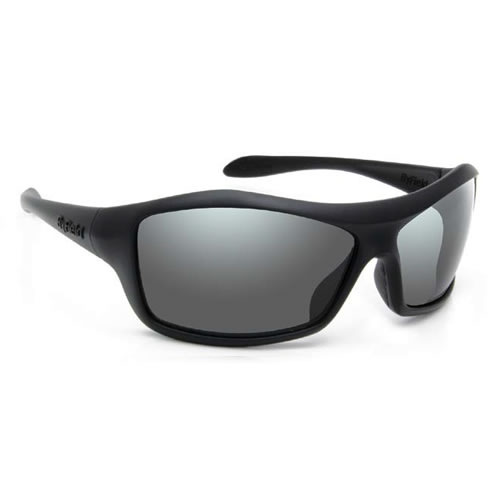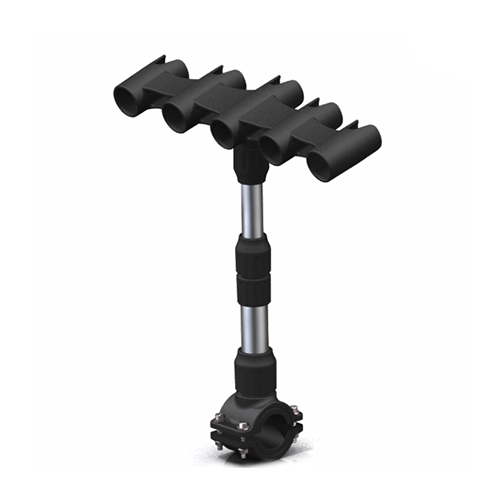4wd Recovery
The first thing to remember when performing any kind of recovery on a 4wd vehicle is safety. Always follow the instructions provided with any kind of recovery equipment and do not use the gear if it has been damaged. Check to make sure straps do not have knots or tears in them and check all surroundings for by-standers. If something does go wrong, you need to be sure that everyone remains safe.
Always used load rated equipment that is of a greater rating than required and make sure everything is in good working clean order. The last thing you want to be doing is using grubby dirty straps that have been torn and abused. Disaster is likely just around the corner with practises like this.
The best way to go off road (and the most fun way) is to travel with friends in second vehicle. This makes recovery a lot easier and safer. Having a second vehicle means if a vehicle is to break down or get stuck, they can help pull your vehicle out. Failing that they can go fetch help.
Snatching
The most common form of recovery is snatch strap recovery. It is often the first method people think of when trying to extract a vehicle from a bog. If possible, try to find a different method to snatching. Snatch straps put a huge amount of force on a vehicle's chassis and on equipment.
If snatching is to be performed, make sure the recovery points used are load rated. Never use a towball / bumper bar / or bullbar - unless it is equipped with rated recovery hitches. Another common mistake is to use vehicle tow hooks. These are vehicle tie down points for when it is being towed. They are not rated for recovery. Often the tie down will shear off and cause chassis damage or become a projectile.
See our 4wd recovery techniques for more information on Snatch Strap Recoveries.
Winch Recovery
Winching is often used as a method of self recovery. Hand winches are the most basic form allowing the driver to ratchet the vehicle out of the bog by hand. This is a slow and painful process but can work when nothing else is an option.
Electric and PTO winches are preferred as they require a lot less effort from the people performing the recovery. Make sure to buy winches designed for the task of 4wd recovery. Do not use boat winches or lifting whinces etc. These are not powerful enough to be up to the task.
Always use rated recovery points and bow shackes. Make sure all on-lookers are clear of the winching as cables can break and become projectiles. Always use a winch cable dampener to minimise the risk.
See our 4wd recovery techniques for more information on Winch Recoveries.
Self Recovery
Self recovery tools such as sand ladders and Tough Tracks are simple devices that give you traction when you have lost it. In sand, mud and snow you can be sure to get out of a bog with these types of tools and a little bit of digging. They are safe and effective recovery tools that don't put a lot of stress on your vehicle. Try and limit any wheelspin on the tracks when you're driving out of the bog, this will damage them or your tyres.
See our 4wd recovery techniques for more information on Sand Ladders.







